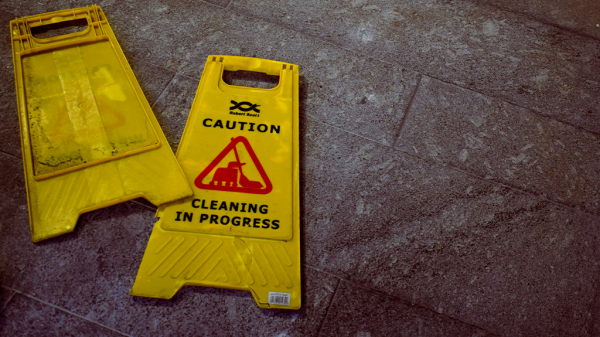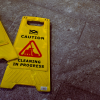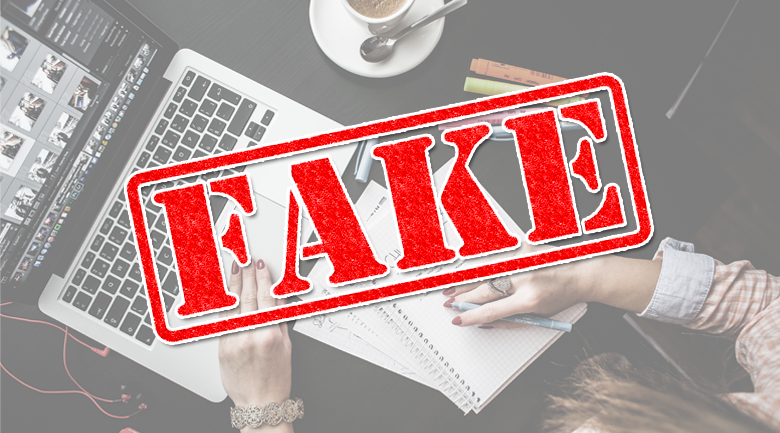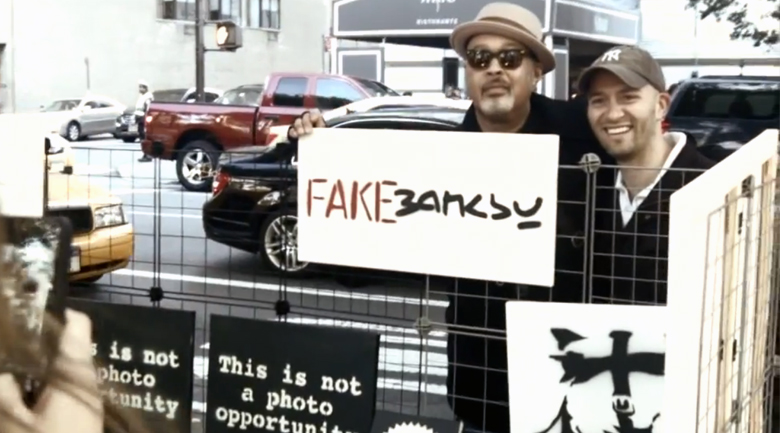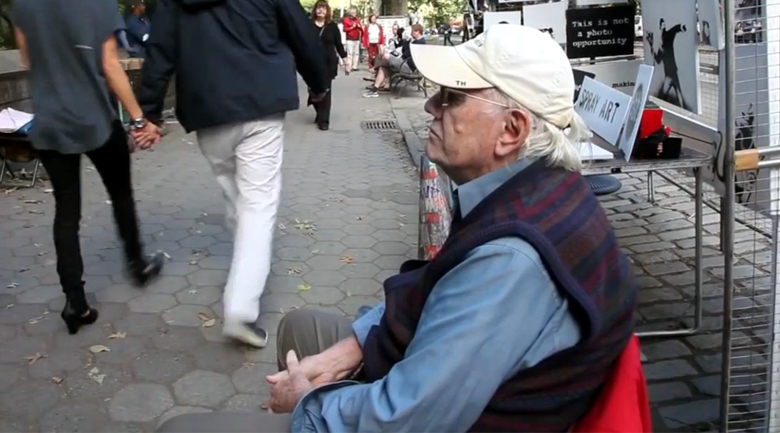
Why people love Banksy
Famed British political activist and graffiti artist Banksy is well known in the U.K. for his controversial use of graffiti in public places. He has been on the scene for over 20 years and is not for hire – all of his work is either painted out of inspiration on canvas, or as statements on public walls and highly visible areas.
Banksy has inspired a generation of graffiti artists (which is far different than gang signs tagging bridges and the like) and is a pop icon whose work has frequently been replicated either on public walls in America or simply on t-shirts abroad. What we’re getting at is that his work is iconic, highly recognizable, and exclusive. You can’t exactly hire him to come to your house and paint a trendy mural in your loft.
So what happens when this famous, yet elusive artist anonymously sets up shop in Central Park alongside other street vendors and sells his highly coveted original works at $60 a piece? While his original prints would typically go for thousands, he spent all day selling in the park, netting a cold $420, with most people walking by ignoring him, often not even glancing in his direction.
What is more fascinating is that despite his iconic style, not one person recognized his works or approached to ask if they were legitimate or knock off Banksy prints – perhaps those that recognized his work simply assumed it was a series of forgeries or reprints. During his one month visit to the city, he has pledged to create one new work per day on walls across the city, putting many on high alert for this fantastic art.
Note: while the video and corresponding website indicate this is Banksy himself selling prints, the mostly faceless artist is said to have been born in the 1970s, making this man a likely representative of the artist rather than the artist himself. Unless he’s had a hard life…
Fantastic example of the value of social proof
Like other stunts in years past, this proves the value of social proof – if people knew these were real Banksy prints, he would have been swarmed and Twitter would have lit up, especially given the price, but because it was anonymous, it went nowhere. The same would happen if Ralph Lauren himself set up shop on the street and offered original designs not even available in stores, he too would probably be ignored, because people seek out what is popular, known, and mainstream.
So consider this experiment for your own brand – are you on the street anonymously, or are you taking advantage of your good reputation by tapping into the social proof needed to keep your business running and growing?

Marti Trewe reports on business and technology news, chasing his passion for helping entrepreneurs and small businesses to stay well informed in the fast paced 140-character world. Marti rarely sleeps and thrives on reader news tips, especially about startups and big moves in leadership.





























